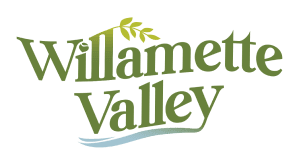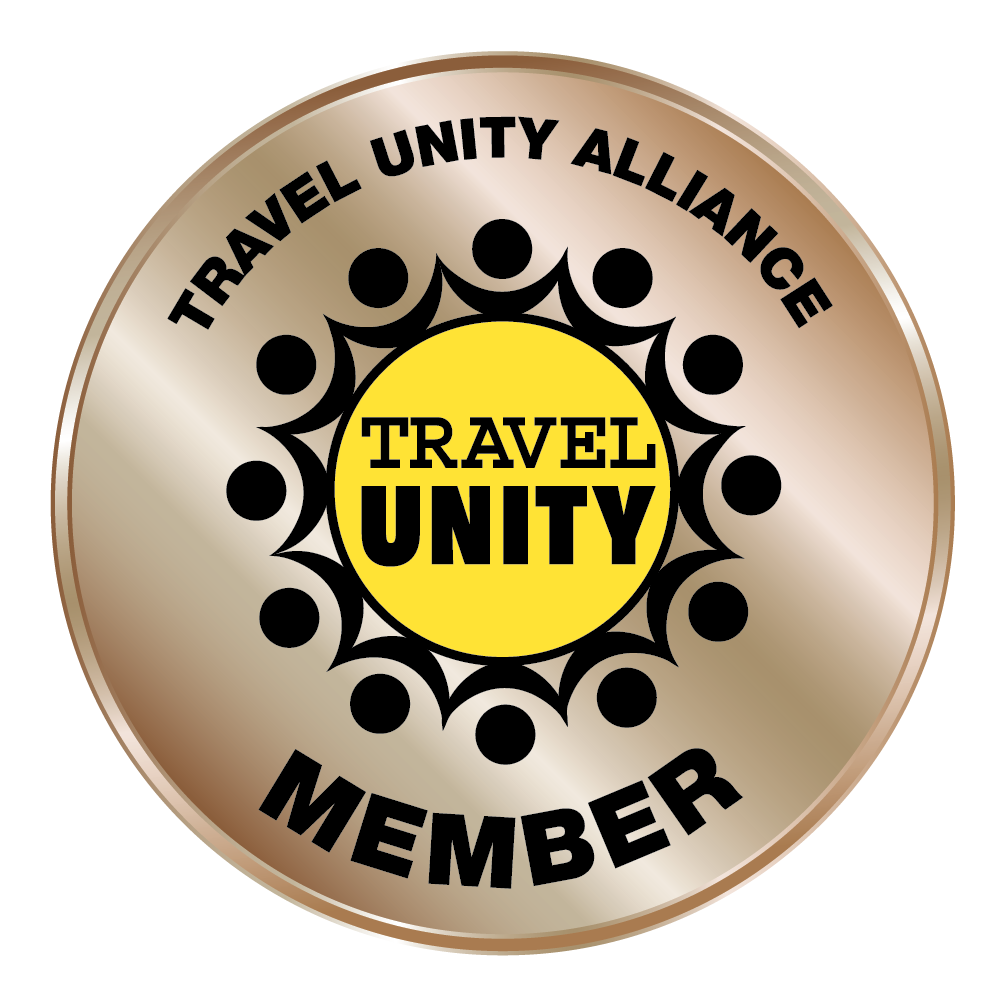Indigenous Winemaker Hopes to Tell (and Change) the Story of Willamette Valley Wine
For most of her adult life, Brandy Grey has looked at the world around her through the prism of stories.
She told the stories of others as a journalist who chronicled city council meetings and interviewed mayors in her native New Mexico, on the East Coast, and in the Portland area. Since March 2016, she's told the story of the Willamette Valley's legendary wine scene as the tasting room manager and events coordinator at Fairsing Vineyard.
Today, she's undertaking what might be her most ambitious storytelling effort yet-hoping to change the narrative around the Willamette Valley's agricultural history and the place Indigenous people have in the region's winemaking industry. "This is part of a conversation that needs to start happening industry-wide," says Grey, a member of the Cherokee Shawnee tribe. "The reason we're here enjoying these lands is because of the environmental stewardship of the people who came before us."
In one sense, the story Grey is trying to tell started thousands of years ago, when the first people arrived in the Willamette Valley. In another sense, the story begins with Grey, then 21, visiting her parents in California's Sonoma Valley.
falling in love with winemaking, storytelling

Brandy Grey, tasting room manager and events coordinator at Fairsing Vineyard
Growing up in New Mexico, Grey says wine was never a big part of her family's life. But all that changed when her father picked up contracting work in the vaunted Sonoma Valley region, known the world over for its award-winning wine.
As a 21-year-old journalism student in college, Grey occasionally visited her family in Sonoma-where they talked up a new hobby they'd undertaken: wine-tasting.
Almost immediately, Grey fell in love with the storytelling side of the wine industry-where grapes were grown, how a rainy spring or scorching summer could impact that year's crop, who produced the wine, and so forth. And though Grey didn't enter the world of winemaking right away, her curiosity remained as she graduated from college and wrote for newspapers in Albuquerque, along the East Coast, and (eventually) suburban communities around Portland.
Grey's parents later relocated to the Willamette Valley, renting a home just outside Newberg, and she found something new to love about the region with every visit. "There's so much diversity in the land, the types of wine that are made, and the stories that are being told," Grey says of the Willamette Valley.
Her love of the region, coupled with the difficult reality of modern-day print journalism, had eroded Grey's desire for a career in newspapers. "I had seen the writing on the wall," she says. "It's not a sustainable future, it keeps getting harder and harder, and I wasn't interested in continuing that."
So Grey enrolled at Chemeketa Community College, studying the wine industry and commuting nearly 200 miles each day between her suburban newspaper job outside Portland and the school's Salem campus.
After graduating with a degree in enology, Grey spent time as a tasting room manager for Colene Clemens Vineyards, worked as an associate winemaker for a season at Vidon Vineyard near Newberg, and was making wine in her home's garage when she saw that Fairsing Vineyard was looking for a tasting room manager to open its new space just outside Yamhill in the northern Willamette Valley.
finding a foothold in the willamette valley wine industry
Before starting with Fairsing, Grey had been making wine with fruit from her family's Blackfeather Estate vineyard in the Willamette Valley-spending time in the field every 10 or so days, swatting away earwigs, racking up blisters, and dealing with the occasional yellowjacket sting. Still, she loved the winemaking process and-with her husband Ari-was crafting wine under her Greywing Cellars label. (The name was chosen as a mix of their last name and the Oregon state motto: "She flies with her own wings.")

To date, the couple has produced several iterations of pinot noir and a 2018 sparkling rosé ; the duo's 2018 pinot noir was recently awarded an impressive 93 points (out of a possible 100) by acclaimed wine critic James Suckling.
Mike and Mary Ann McNally, the husband-and-wife team behind Fairsing, didn't just agree to let Grey continue producing wine; they built her a small winemaking studio on the property and have let her choose specific blocks of grapes for her batches. "They're very supportive of me pursuing my own winemaking," a grateful Grey says of the McNallys.
Five years later, Grey remains a fixture as the winery's tasting room manager and events coordinator-sharing stories about Fairsing's wines, the wider Willamette Valley, and the passionate people behind it all. "This valley is full of people who inspire me and continue to inspire me on the daily," Grey says of the farmers, scientists, marketers, and industry insiders she meets on the job. "Very few people are out here getting rich on making wine, so it's about people who are committed to their work and who care deeply about it."
creating conversations around the region's indigenous past, present, and future

East-facing blocks at Fairsing Vineyard in the Willamette Valley. Photo by Andrea Johnson Photography
In early 2021, Grey took part in important conversations around diversity and inclusivity at the Oregon Wine Symposium, an educational event and trade show spearheaded by the Oregon Wine Board.
Even as important conversations centered around making the industry more welcoming for Black and Latinx populations, Grey felt like something was missing. Specifically, she wanted to embrace the region's Indigenous history and create closer connections to the region's past and present; after all, tribes have lived, hunted, foraged, and traded in the Willamette Valley since time immemorial. (Fairsing's own tasting room, for instance, sits on traditional homelands of the Kalapuya people-now part of the Confederated Tribes of Grand Ronde.)
Grey says that stories about the history of the Willamette Valley generally start with the Missoula Floods-which began roughly 15,000 years ago and left behind the fertile soils that make our wine scene possible-and end with the 1960s, when winemakers began planting Pinot noir grapes in the region.
"The reason we're here enjoying these lands is because of the environmental stewardship of the people who came before us."
Left out of that narrative are thousands of years of Indigenous history-when the Kalapuya and others lived off the land by tending to oak savannas, planting crops, and setting regular fires that ensured healthy soil and made it easier to hunt wild game. "There's this huge gap in the conversation for Native people," Grey says. "And with my background, I noticed that, particularly when so much of wine is about a sense of place, being a steward of the land, and the fact that we are all on Native land-but we don't talk about that."
To date, Grey has met with members of the Confederated Tribes of Grand Ronde, and plans are in the works to print and display a map at Fairsing that showcases Indigenous names of regional geographic features and landmarks. Grey also donates 10% of Greywing sales to Indigenous causes-such as addressing food scarcity among Native American elders and campaigns around missing and murdered Indigenous women.
For all her work so far, Grey admits the conversation is only just beginning. She hopes to bring other industry professionals into the mix and is excited to see how the next chapter of this very long story gets written. "I want to bring this conversation to the table, and then I want to see where it goes-because this industry is full of people with so much passion and care," Grey says of what she'd like to see next. "I think beautiful things can happen from it, and it's something I haven't really seen in any wine community, actually-or any farming community that I know of."








